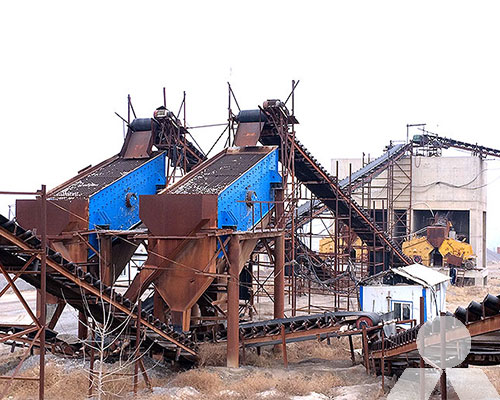Wiki
Last Updated :2023-07-04 Views:302
What are the main advantages of a vibrating screen?
Vibrating screens, also known as circular vibrating screens or sieves, are widely used in various industries for the screening and grading of materials. They offer several advantages, including:

- 1.Efficient screening: Vibrating screens are designed to efficiently separate and classify materials based on their size. They use a vibrating motion and a mesh screen to effectively sift and separate particles according to their size, ensuring accurate and consistent screening results.
- 2.High capacity: Vibrating screens can handle large volumes of material, making them suitable for applications where high throughput is required. They can process large quantities of material quickly and effectively, improving overall productivity and efficiency.
- 3.Versatility: Vibrating screens are versatile and can be used for a wide range of applications. They are commonly used in industries such as mining, construction, chemical, pharmaceutical, and many others. These screens can handle various types of materials, including dry, wet, coarse, and fine particles.
- 4.Adjustable settings: Vibrating screens offer flexibility in terms of adjusting the amplitude and frequency of vibration. This adjustability allows operators to optimize the screening process based on the characteristics of the material being screened. By fine-tuning the settings, they can achieve the desired particle size distribution and screening efficiency.
- 5.Low maintenance: Vibrating screens are relatively simple machines with fewer moving parts compared to other screening equipment. This simplicity leads to lower maintenance requirements and reduced downtime. Regular inspection and cleaning of the screen mesh are typically sufficient to keep the equipment in good working condition.
- 6.Cost-effective: Vibrating screens are often more cost-effective than other screening methods. They are energy-efficient and require relatively low initial and operational costs. Their high throughput capacity and efficient screening process contribute to improved cost-effectiveness for various industries.
- 7.Reduced manual labor: By automating the screening process, vibrating screens reduce the need for manual labor. This not only saves time but also minimizes the potential for human error, ensuring consistent and accurate screening results.
- 8.Scalability: Vibrating screens can be easily scaled up or down to accommodate different production requirements. Whether it’s a small laboratory-scale screen or a large industrial-scale screen, the basic principles and advantages remain consistent, allowing for scalability as per specific needs.
Overall, vibrating screens provide efficient and reliable screening solutions for a wide range of industries. Their advantages in terms of high capacity, versatility, adjustability, low maintenance, cost-effectiveness, and automation make them a preferred choice for many applications.









